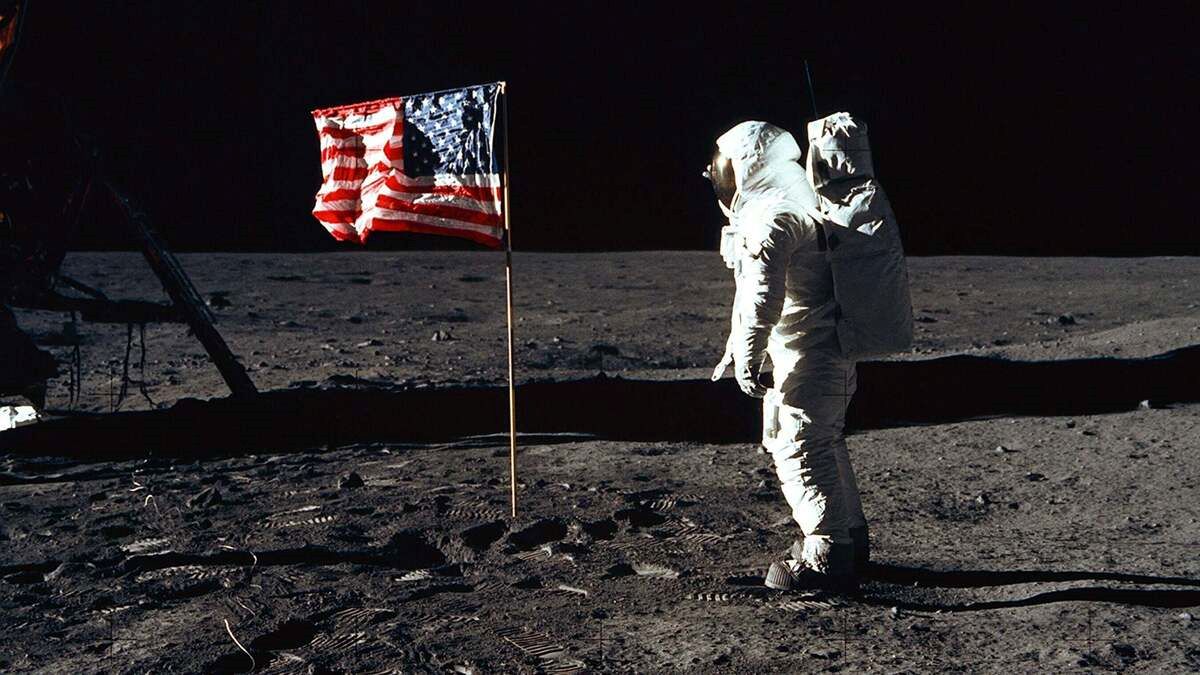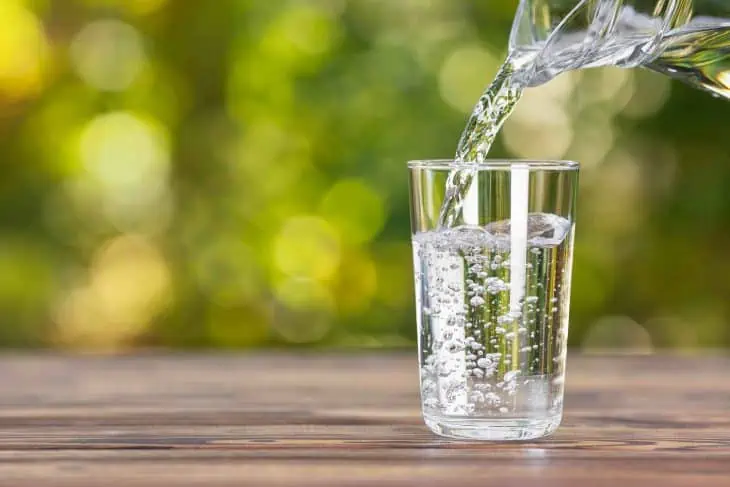
Water is life. All known lifeforms are dependent on it. According to studies, if we continue our current lifestyle, worsening water pollution and severe water shortage will affect the entire planet by 2040. Theoretically speaking, the world won’t run out of water. And the amount of water on earth has been the same for thousands of years now. However, we can run out of usable water one day. The current desalination technology we have to convert seawater to fresh water is very costly. And it can even worsen climate change. Everyone can make an impact if we start to conserve and enjoy water responsibly starting now. Here are 120 water facts you can read up to be in the know!
Water is the only substance that occurs in three states of matter.
Water is the only substance on Earth that comes in three states of matter: solid, liquid, and gas. Ice is water in a solid state and retains shape even if removed from the container. Meanwhile, liquid water is the form we are most familiar with. In this state, water has several uses including washing and drinking. The gas state of water, which is the moisture in the air, is also known as water vapor.
Water controls the Earth’s temperature.
Large bodies of water such as seas, huge lakes, and oceans, affect the climate of its nearby area. The water heats and cools more slowly than land. That’s why during summer, the coastal regions will stay cooler and typically have warmer winters.
Only 3.5% of the water on Earth is fresh.
Only 3.5% of the water on Earth is fresh and can be found on lakes, rivers, and streams, and wetlands. Freshwater includes icebergs, ice caps, and glaciers. Thus, much of the freshwater on Earth is not suitable for human consumption if not treated.
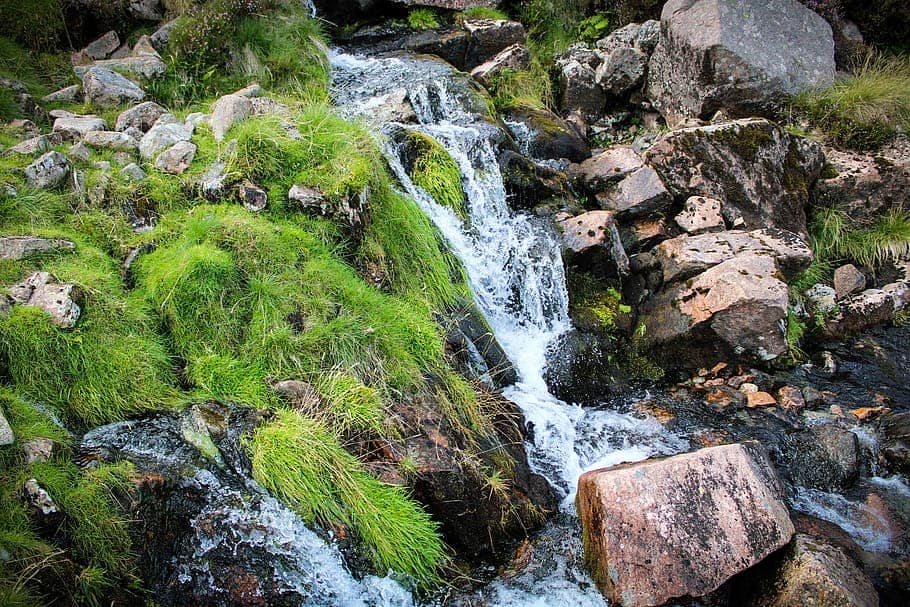
One of the most important uses of water is for agriculture.
One of the most substantial uses of water is for irrigation. In several regions in the world, around 70% of freshwater is for agriculture. Water makes it possible for fruits and plants to grow as well as to raise livestock.
Groundwater is the most abundant freshwater resource.
There are several types of water resources and one of these is the groundwater resource. Groundwater resource is the most abundant source of freshwater followed by rivers and lakes. Despite this, humans seldom use groundwater resources (water that fills the layers and cracks of soil, clay, and rock) because it is difficult to reach. Groundwater resources contain sediments that need to go through filtration to become drinkable.
Filtering stormwater is beneficial.
Stormwater resources or also known as runoff or rainwater come from extreme weather like hail, snow, and rain. When the water runs over the land and flows, it collects different types of pollutants like pesticides, engine oil, and fertilizer. The water from it could be harmful, but if it undergoes a series of filters that can remove dangerous toxins, it will effectively improve the water supply on land and lessen the pollutants as it flows back to the ocean.
Surface water resource exists in lakes and streams.
Surface water is the kind of water that is in streams and lakes. This is commonly used for clean water supply, irrigation, recreation, livestock, industry, hydroelectric energy, and transportation. Around 63% of the public or human water supply comes from surface water. Hence, the conservation of surface water is really important.
Water regulates body temperature.
Drinking water is vital to maintain body temperature. During physical activities and hot environments, the body loses water through sweating. The sweat keeps the body cool, however, the temperature of the body will rise if water is not replenished, it is because the body loses electrolytes (minerals in the body) and plasma (carries nutrients to the different parts of the body) when dehydrated.
Water helps the kidney to function efficiently.
Water helps the kidneys release waste products in the form of urine. It also aids to keep the blood vessels open so the blood can flow freely to the kidneys and deliver essential nutrients. The kidney needs to function well or waste products and excess fluid could build up inside the body.
Drinking water may improve mood and memory.
According to research, hydration affects the brain as well as the body. Light dehydration may change one’s mood or memory and can also increase anxiety. For some individuals, lack of water sometimes triggers migraines and headaches.
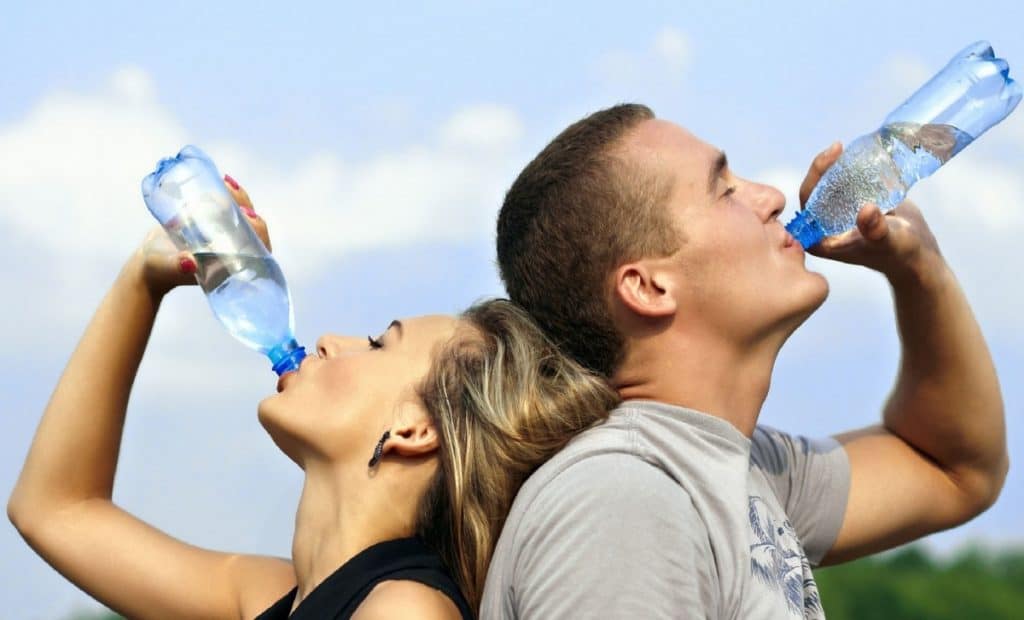
Drinking enough water may help you lose weight.
One of the benefits of drinking enough water is that it may help you lose weight. Evidence suggests that drinking water increases metabolism, which can help to burn calories. Drinking water half an hour before eating is more effective as this will make you feel fuller.
pH measures the quality of water.
pH or potential of hydrogen or power of hydrogen measures how acidic or basic water is. It ranges from 0 to 14, and 7 being neutral while less than 7 shows acidity. The pH of water is important because it tells if the water contains chemicals like phosphorus, nitrogen, and carbon, as well as heavy metals such as lead, and copper.
Purified water is a type of water that goes through filtration.
Purified water is a kind of water that goes through filtration to remove different kinds of impurities. Some of the impurities and contaminants that have to be removed during filtration are bacteria, fungi, algae, chemical pollutants, and metals like lead and copper. To be identified as purified, it needs to have less than 10 ppm (part per million) which means that 99% of contaminants have been removed.
Tap water comes from the faucet.
As the name suggests, tap water comes directly from the faucet or tap. Unfortunately, it does not undergo purification, distillation, or any treatment. In the United States, tap water usually comes from three resources — rivers, lakes, or underground. Tap water serves different purposes like drinking, cooking, washing, and toilet flushing, and in a country like the United States, tap water is generally safe to drink because they follow strict compliances.
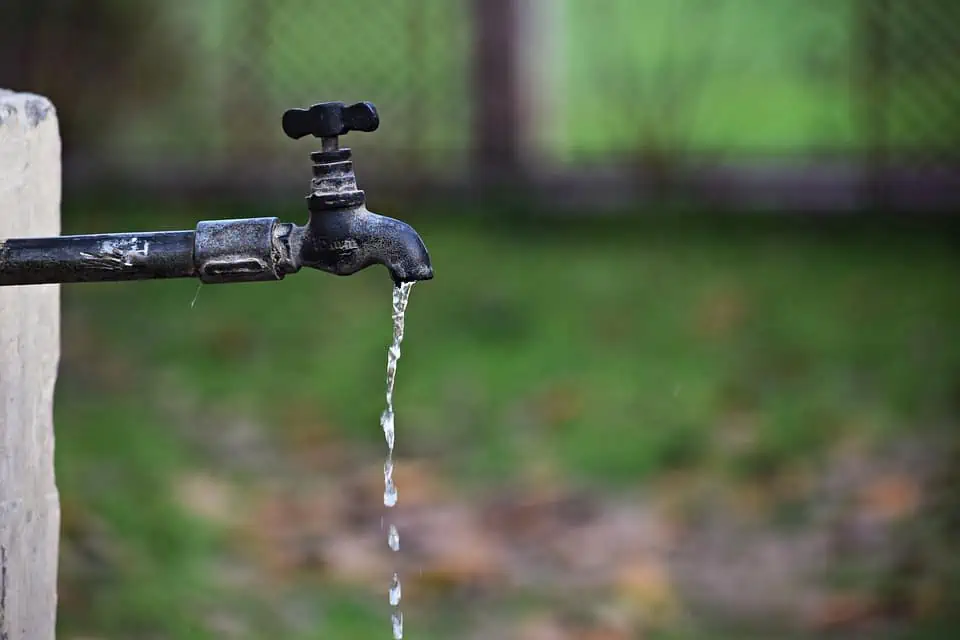
Distilled water is a kind of purified water.
Distilled water is a type of purified water that can be produced from the distillation process. The process of distillation is boiling pure water or H2O to remove contaminants. As the water is boiled, the water becomes steam or vapor which will be collected and cooled. Water treatment, like distillation, is important especially in places where water is not drinkable without chemical treatment or boiling.
More than 50% of illnesses are due to poor water and sanitation.
In some developing countries, about 80% of illnesses occur because of poor water and sanitation. Globally, 1 out of every 5 deaths below 5 years old is due to a water-related disease. Small worms and bacteria live in water naturally that is why safe and clean water is essential.
Water-borne diseases are spread by drinking contaminated water.
Humans may get water-related diseases by drinking contaminated water which contains microbes or bacteria. Some of the common water-borne diseases are cholera, hepatitis, malnutrition, typhoid fever, dysentery or severe diarrhea, and giardia or infection in the small intestine.
About 70% of the ice sheet in Antarctica is freshwater.
The present Antarctic ice sheet accounts for 90 percent of Earth’s total ice volume and about 70 percent of its freshwater. It houses enough water to raise the global sea level by 200 feet if completely melted. The ice sheet at the Pole is nearly two miles thick and constantly shifting.
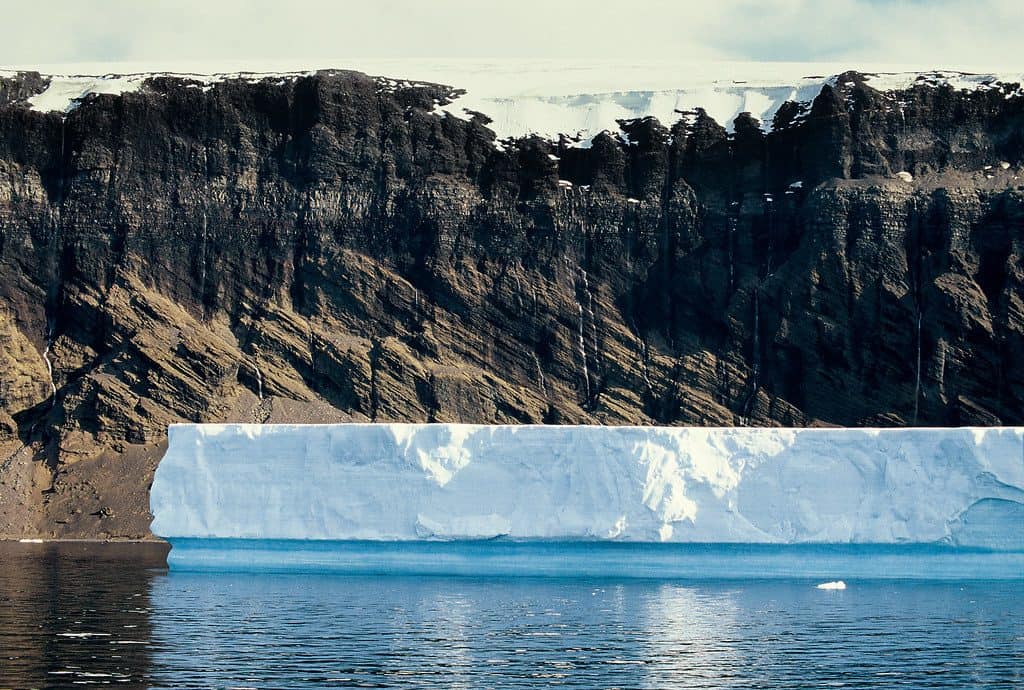
Americans use about 5.7 billion gallons of clean water for toilet flushing.
On average, Americans flush the toilet around five times a day, which can be equivalent to 18.5 gallons of water. Daily, Americans use around 5.7 billion gallons of clean drinking water for toilet flushing. Thus, more water is consumed for toilet flushing than cooking or washing dishes.
A 10-minute bath can consume around 25 gallons of water.
Of all the indoor water use, half of it happens in the bathroom, and perhaps one of the most important activities that consumes it is bathing. This implies that a brief shower only uses 25 gallons of water while a full shower can utilize around 70 gallons of water.
Turning off the faucet while washing hands can save about 6 gallons of water every day.
Typically, an American washes their hands almost nine times each day. If you follow rules to clean your hands with a cleanser for approximately 20 seconds, you could save at any rate 6 gallons each day by turning off the tap while you rub and cleanse your hands.
You’ll save more water by using a dishwasher.
Generally, a dishwasher only uses about 4 gallons of water for every cycle, meanwhile, washing the dishes by hand would take about 20 gallons. If you do not have a dishwasher but still want to conserve water, just throw your leftovers into the rubbish, fill the sink with water, and wash the dishes at the same time as opposed to washing dishes individually under continuously flowing water. It’s important to take note that you’ll save a lot of water from your dishwasher if you only use it once it’s fully loaded.
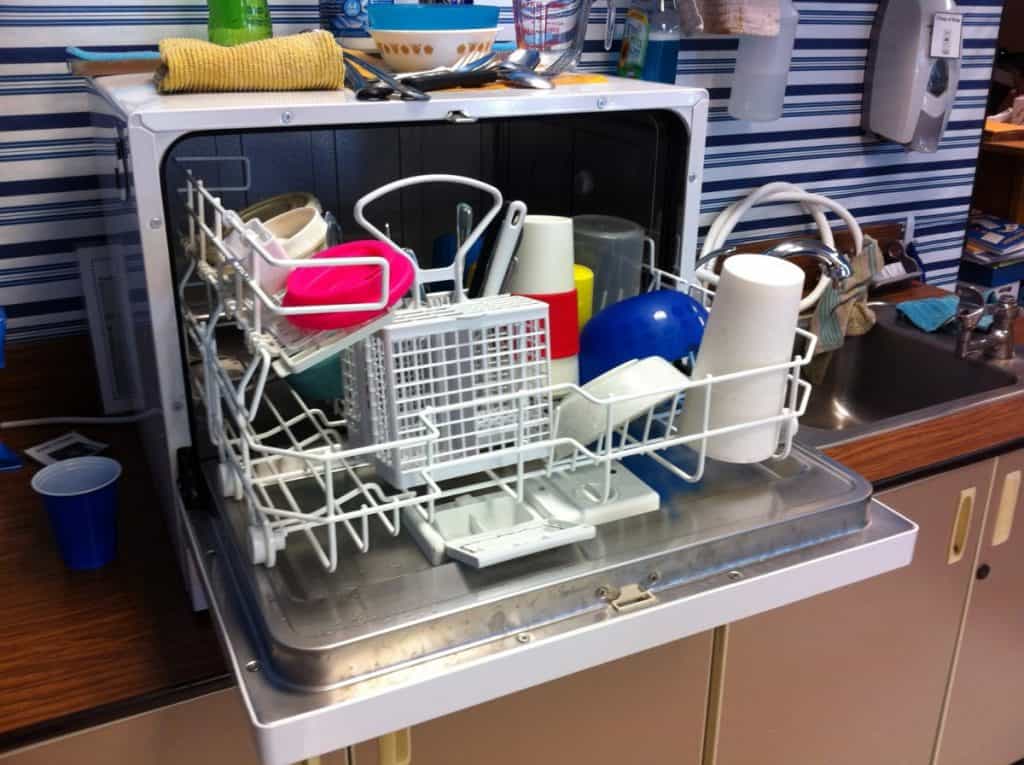
Washing fruits and vegetables in a pan saves water.
To conserve water in cooking, instead of running water from the faucet, wash vegetables and fruits in a pan of water. Similarly, thawing food in the refrigerator instead of using water will even save more. When boiling food, only use sufficient water to fill the pot which will likewise preserve flavor and supplements.
A small drip from a faucet can waste around 20 gallons of water per day.
It is important to check the faucet and pipes for leaks. The little drip from the tap can waste around 20 gallons of water per day while bigger holes can throw away several gallons. Some faucet and pipe leaks can easily be identified while others require more effort such as asking or calling a skilled technician for help.
Water shortage is the lack of a safe water supply.
Water shortage is water insufficiency or an absence of safe water supplies. As the population in the world increases and climate change further affects the environment, it may result in the continuous diminishing of safe potable water which greatly affects families and their communities.
Climate change affects water resources.
Climate change has been affecting the intensity and frequency of rainfall which may result in either flooding or drought. Moreover, when disasters occur, this may destroy water supplies and make them polluted or contaminated that can risk the lives of millions of people.
Water shortage may lead to scarcity.
Besides the lack of drinking water, hunger is perhaps the greatest impact of water shortage. Water deficiencies straightforwardly add to bringing down crop yields and the death of domesticated animals. This can prompt food deficiencies and may lead to starvation.
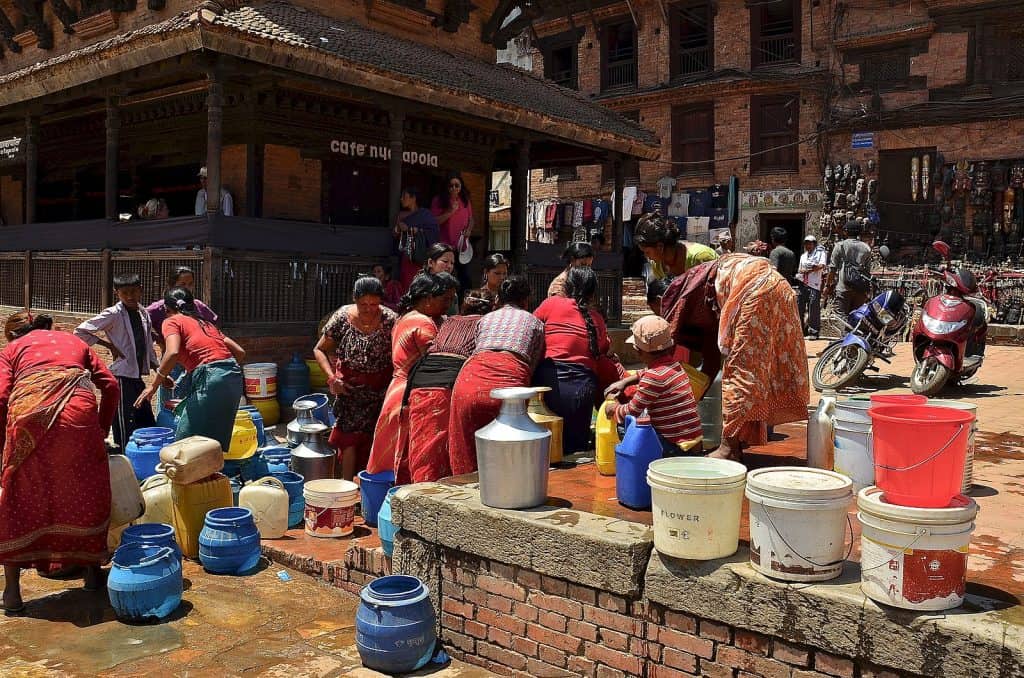
Water pollution occurs when chemical substances contaminate the water.
Contamination happens when harmful substances like synthetic compounds (man-made products) or microorganisms affect streams, waterways, lakes, seas, springs, and other waterways. These contaminants are toxic to aquatic life as they ruin the organism’s life span, reproduction, and food chain.
Industrial waste is a major contributor to water pollution.
Industrial waste or waste products from the manufacturing and industrial sectors is a major contributor to water pollution. Several industrial sites produce toxic chemical wastes and pollutants, and although some are regulated, other facilities do not have proper waste management systems. In some rare cases, industries dispose of their wastes through nearby streams and lakes which easily pollute freshwater resources.
Ocean dumping results in water pollution.
Marine dumping or ocean dumping is the deliberate disposal of waste from vessels, aircraft, and other man-made structures in the ocean or sea. The waste materials that flow to the ocean allow algae to bloom and block waterways, resulting in seagrass and seaweeds, which affect and even cause death to the whole ecosystem.
One factor that causes water pollution is oil spills and leaks.
Oil is still arguably the most important energy source in the world but several accidents while transferring oil to vessels have immensely caused water contamination. Oil is denser, thus it floats and rapidly spreads out on the water surface. Furthermore, oil contains several toxic compounds which are harmful to sea creatures, birds, and humans.
Carbonated water has carbon dioxide gas.
The other names for carbonated water are sparkling water, club soda, soda water, seltzer water, and fizzy water. Carbonated water contains carbon dioxide gas (carbon dioxide gas has no odor but in high concentrations, it can have a sharp, acidic smell). Drinking carbonated water gives the same sensation as drinking soda but without calories and less sugar.
Rice water can make hair healthier and stronger.
Using rice water (a suspension of starch obtained by draining boiled rice) as a hair care product will detangle your hair and make it smoother, shinier, and longer according to rice water enthusiasts. Rice water is also rich in vitamin B, vitamin E, fiber, magnesium, manganese, and zinc.
Tonic water is a carbonated soft drink.
Tonic water is a carbonated drink that contains a little amount of quinine. Quinine is a bitter-tasting, odorless medicine that is a treatment for fevers caused by malaria. Tonic water is commonly used as a drink mixer or non-alcoholic drink for cocktails like gin and tonic.

A gallon of water weighs around 8.34 pounds.
The exact weight varies on the level of density which depends on storage temperature. In the US, a gallon contains 128 ounces (3.785 liters) of water and weighs around 8.34 lbs or 3.78 kg at 62 °F (17 °C). While in the United Kingdom, a gallon has 160 fluid ounces, or 4.546 liters, and weighs about 10.022 lbs (4.546 kg).
The density of water is more or less 1 gram per milliliter.
The word density means the weight of a substance for a specific volume. The density of water is approximately 1 gram per milliliter. However, density changes with temperature and if there are substances diffused in it.
Ice is less dense than water.
Ice has a different structure from liquid water. The molecules in ice expand which results in its decreased density. This means that ice will have more volume compared to liquid water, making it lighter and able to float.
An Olympic-sized swimming pool can hold 660,430 gallons of water.
An Olympic-sized swimming pool measures 50 meters long, 25 meters wide, and a minimum of 2 meters deep. This kind of swimming pool typically holds 2,500,000 liters (2.5 megalitres of water) or 660,430 gallons of water. With this kind of water volume, it is roughly equal to 7 million cans of soda.
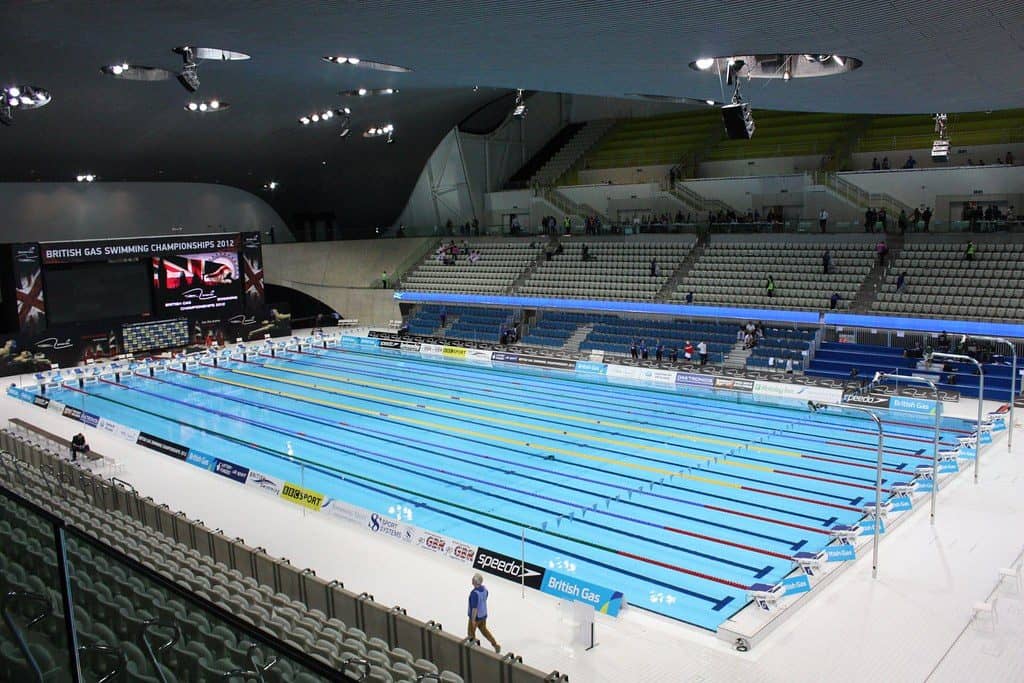
90% of the cost of bottled water is the bottle itself.
Did you know that the average time for a plastic bottle to completely degrade is more than 400 years? Interestingly, 90% of the cost of bottled water is the bottle itself and more than 25 million plastic bottles go to landfills each year in the United States alone. Meanwhile, 80% of these plastic bottles never get recycled.
Most people in the US believe that bottled water is cleaner.
People in the United States commonly believe that bottled water is purer, cleaner, and safer than tap water. These beliefs could also be attributed to how convenient it is to simply buy a small bottle of water wherever and whenever. Aquafina is one of the top-selling brands (if not the best selling brand) of bottled water in the United States where it generates more than $2.5 billion in sales annually.
Pepsi, Coca-Cola, and Nestlé are the world’s biggest bottled water companies.
As of 2020, Aquafina, Dasani, and Nestlé are the world’s top 3 leading brands of water bottle business. Aquafina is owned by PepsiCo, Dasani by Coca-Cola Company, and the Swiss multinational food and drinks processing conglomerate, Nestlé has its own bottled water products too. Other notable companies that are also on the list are Danone, Glaceau Smartwater, Poland Spring, Elmsford, Fiji Water, Ozarka, Perrier, and Évian.
The United Kingdom’s Holywell Bottling Plant is the oldest bottling plant in the world.
In 1621, the first bottled water appeared in United Kingdom’s Holy Well bottling plant. The bottling of mineral spring water became popular across Europe and eventually reached the United State in the 1700s. Drinking from bottled water coming from natural springs was believed to have healing and therapeutic effects thus making it easier to sell.
The boiling point of water is 100 °C.
The boiling point (the temperature at which a liquid boils and turns to vapor) of water is 100°C or 212°F. When the water reaches the temperature of 100°C, this is the time where we can see the bubbles starting to burst spontaneously and rapidly. Apart from cooking purposes, it can also be used for sanitation because boiling water kills or inactivates viruses, bacteria, protozoa, and other pathogens. On the flip side, water starts to freeze or becomes ice at 0°C or °F.
It takes 10 minutes to cook the classic hard-boiled egg.
Boiling an egg to perfection comes to your preference and may vary from 5 minutes to 10 minutes. Boiling an egg for 5 minutes will give you a set white and runny yolk; a liquid yolk for 6 minutes; almost set and deliciously sticky for 7 minutes; softly set for 8 minutes (good for Scotch eggs); 10 minutes for the classic hard-boiled egg which is mashable but not dry and chalky.
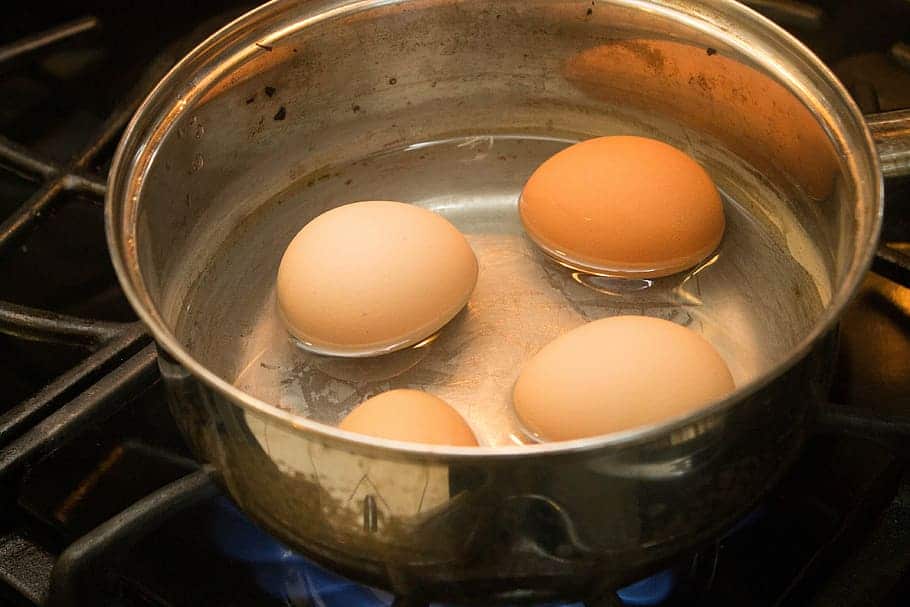
You can boil water in the microwave for as fast as 1 minute.
The waiting time for boiling water depends on your kitchen equipment. To boil 4 cups of water or 1 liter, it takes approximately 8 to 10 minutes in a pot on the stove with high heat and the lid on, but for a 1 liter of water that’s placed in an electric kettle, boiling takes between 4 to 5 minutes. Using a microwave is the fastest way to boil 1 liter of water in about 1 to 3 minutes.
Experts continue to stick with the “8×8 rule” for water intake.
There are tons of different opinions and theories on just how much water you should be drinking each day. Nonetheless, health experts generally recommend eight 8-ounce glasses or about 1.8 to 2 liters per day, also known as the “8×8 rule” which is very easy to remember.
You should be drinking every 20 minutes if you’re in a desert.
In a desert climate, the human body will significantly demand more water to stay hydrated. And if you’re traveling around on foot, experts suggest drinking 5 to 7 ounces of water every 20 minutes to replace the fluids necessary to stay hydrated.
Electrolytes are important to stay hydrated.
Most people assume that dehydration is caused by lack of water, and while it’s true to a certain degree, keep in mind that the depletion of electrolytes can also occur at the same time. Electrolytes not only hydrate the body but also maintain muscle function and repair damaged tissue. Some of the foods that are high in electrolytes are Swiss cheese, celery, lettuce, olives, tomatoes, unsweetened soymilk, low-fat yogurt, and of course, coconut water.
A sports drink is a good alternative for water after an exhausting exercise.
Gatorade is arguably the most popular sports drink on earth. This sports drink is filled with electrolytes that can help you recover after a grueling exercise, but keep in mind that it also contains sugar (although sugar will help your body absorb the electrolytes more efficiently), you may also try its new product line that has zero sugar if you’re trying to reduce or cut one from your diet. Gatorade’s main ingredients are water, sucrose (table sugar), dextrose, citric acid, natural flavor, sodium chloride (table salt), sodium citrate, monopotassium phosphate, and flavoring/coloring ingredients.
Make your sports drink using water, honey, salt, and fresh orange juice.
Did you know that it’s not that hard to make your own sports drinks? After all, water is its based ingredient. To begin, you need 8 cups fresh cold water, 3 tablespoons honey, 1/2 teaspoon Himalayan pink salt or sea salt, 3/4 teaspoon calcium magnesium powder, pinch cayenne, 3/4 cup freshly squeezed orange juice, and 2 lemons.
Numerous people reported having more radiant skin after increasing their water intake.
Struggling from pimples and acne? Several kinds of toxins may have clogged the small pores on your epidermis and can cause concerns such as acne and pimples. Drinking more water will give you an edge in preventing severe pimples and acne because the more hydrated your skin is, the less your pores will clog.
Water keeps every system in your body functioning properly.
The most common benefits of drinking the right amount of water are the flushing of bacteria from your bladder, carrying nutrients and oxygen to your cells, aiding digestion, preventing constipation, stabilizing the heartbeat, normalizing blood pressure, and regulating the body temperature.
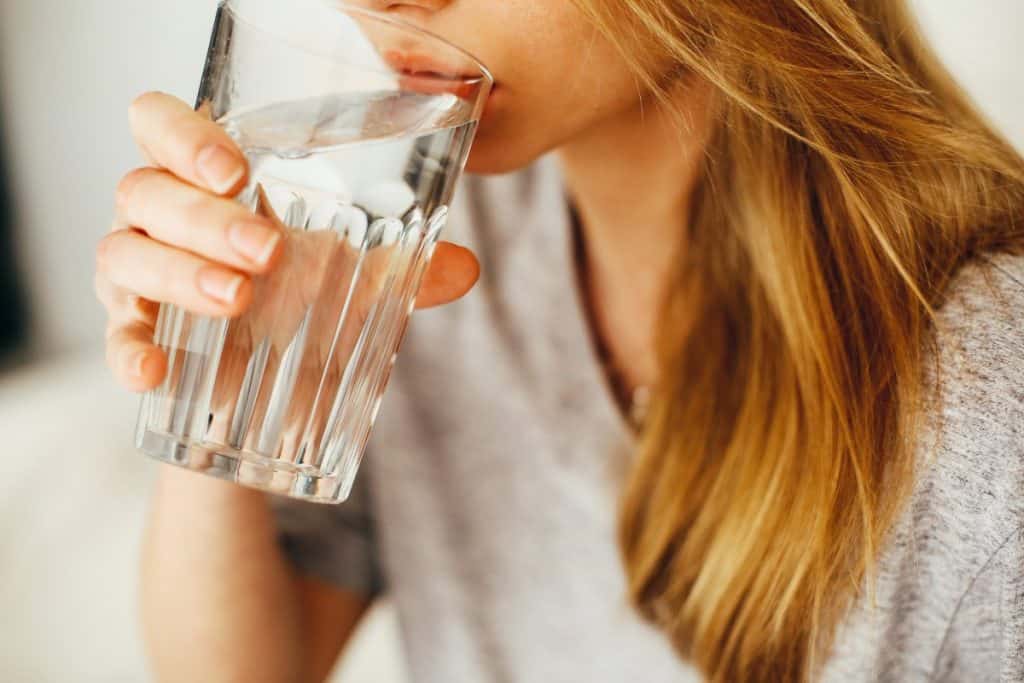
The human tongue can detect a unique taste of water.
In contrast to the idea that “waster is a tasteless liquid,” experts have found that the human tongue can detect a unique taste of water using its sour-sensing cells. Moreover, some people reported that they can figure out the water’s taste, saying that some water can be sweeter, bitter, saltier, etc, depending on where it comes from, and believe that water does taste different in every country.
The water cycle is a constant motion of water above and below the surface of the Earth.
The constant motion of water inside our atmosphere and Earth is exhibited by the water cycle, which is an intricate operation involving a variety of procedures – liquid evaporates and turns into a cloud, bringing about rain or snow in the process.
Hard water has a dense amount of minerals.
Hard water is made when water filters gradually through sediments of chalk, gypsum, or limestone, which contain a large amount of calcium and magnesium. In some cases, consuming hard water can also be beneficial to the body.
Drinking hard water is safe.
In general, drinking hard water is safe. Moreover, it may even have extra benefits to your health since it carries essential minerals, such as calcium and magnesium. Although hard water may be safe to drink, the effect of hard water on your skin, hair, and other parts of the body is another story. Taking a hard water shower can cause dryness on your skin, along with other hair problems such as dandruff.
Hard water can be a challenge at home.
If you have hard water that’s running in your house, it will be very common for you to see stains in places where it usually flows or runs, plus, hard water can clog your pipes, decreasing water pressure. Furthermore, hard water can ruin water heater appliances because the higher the temperature, the more calcium and magnesium will harden into solid deposits. That is why it’s fairly common to see corrosion on water heater tanks in just a few months or years, thus reducing its lifespan or causing it to fail sooner than expected.
You can use a water softener if your water is too hard.
Soft water is water that does not have or only has a low concentration of calcium carbonate and other ions in it. If you have problems with hard water in your home, especially in your pipes, using a filtration system or water softener that removes build-up caused by minerals, is a good strategy.
Most of the tortoises’ moisture intake is coming from the grasses.
Adult tortoises can survive several weeks (some according to reports even up to 1 year) without drinking water. Most of the tortoises’ moisture intake comes from the grasses and wildflowers they consume in the spring. Moreover, they also hold water in their bladder and use it to rehydrate themselves. Generally, a tortoise can last a week without drinking fresh water granted they are in areas that are damped or with low humidity.

Kangaroo rats can survive without ever drinking any water.
Kangaroo rats live in a variety of desert niches such as open desert scrub, open grasslands, washes, and sandy soils. Native to western North America, kangaroo rats are small (mostly nocturnal) rodents that can survive without ever drinking any water. They don’t sweat, get their needed moisture from their seed diet, and their kidneys can generate concentrated urine. Some of its species may have the ability to lower their metabolic rates so they lose less moisture through breathing.
Some water-holding frogs can store water in its body for more than 2 years.
A water-holding frog can keep water in its body and live underground for many months. Whenever it rains, the water-holding frog absorbs all the water it needs and stores them in its bladder and pockets of its skin. They can hibernate underground and wait for another rainy season. Some water-holding frogs can store water in their bladder for more than 2 years.
A camel can survive a week without water and up to 5 months without food.
Contrary to popular belief, a camel’s hump is not for water storage, instead, they store water in their bloodstream. A camel can survive a week without water and up to 5 months without food. They can survive more than 35% percent body weight loss. In fact, they can drink up to 32 gallons or 145 liters of water at one drinking. The camel’s iconic humps are for their fat storage which they use to get energy when food and water are limited.
China uses more water than any other country.
Water has an extremely important role in the world economy. More than 65% of the freshwater that we use goes to agriculture. China is the leading country that uses most of the water (at least 362 trillion gallons per year), followed by the United States (216 trillion gallons), Brazil (95 trillion gallons), Russia (71 trillion gallons), and Mexico (53 trillion gallons).
India uses the least amount of water per person.
Out of the world’s top 10 countries that use the most water, India (1.4 billion in population) uses the least amount of water per person. India ranks 6th in the world that uses the most water (at least 30 trillion gallons per year), then England (20 trillion gallons), France (20 trillion gallons), Canada (19 trillion gallons), and Australia (12 trillion gallons). With a population of 332 million, the United States uses the most water per person out of all the top 10 countries.
Many commodities are transported in bodies of water.
Fishing in both salt and fresh water is a major source of food for many countries on our planet. Every day, people use bodies of water such as oceans, rivers, and lakes to transport their commodities, from food, manufactured products, oil, etc. This long-distance trade of commodities started since humans discovered how to travel from place to place by water and this practice will continue to remain the same for a very long time, if not in perpetuity.
We made a sport, entertainment, and recreation in and around water.
Water, snow, and ice are also pivotal to many sports and other forms of entertainment. Swimming is one of the most popular water sports, along with sport fishing, boating, surfing, boat racing, diving, ice skating, and skiing.

Humans developed the ability to detect a water’s potability.
Pure water usually tastes and smells nothing. Nonetheless, we humans have the ability to detect when water is inside our mouths. Interestingly, us humans and other animals have evolved senses that allow us to distinguish what water is drinkable or not.
Seawater holds about 3.5% sodium chloride.
On average, seawater holds about 3.5% sodium chloride including smaller amounts of other substances. The physical properties of seawater are not the same as freshwater. In general, seawater freezes at about -2°C or 28.4°F because of the salt in it, while freshwater freezes at 0°C or 32°F.
Don Juan Pond has a salinity of over 40%.
The world’s saltiest water is located in Antarctica. Don Juan Pond has more than 40 percent salinity, so it never freezes even at temperatures as low as -30°C or -22°F. To compare, the Dead Sea has a salinity of 34 percent which is roughly 8.6 times saltier than ocean water.
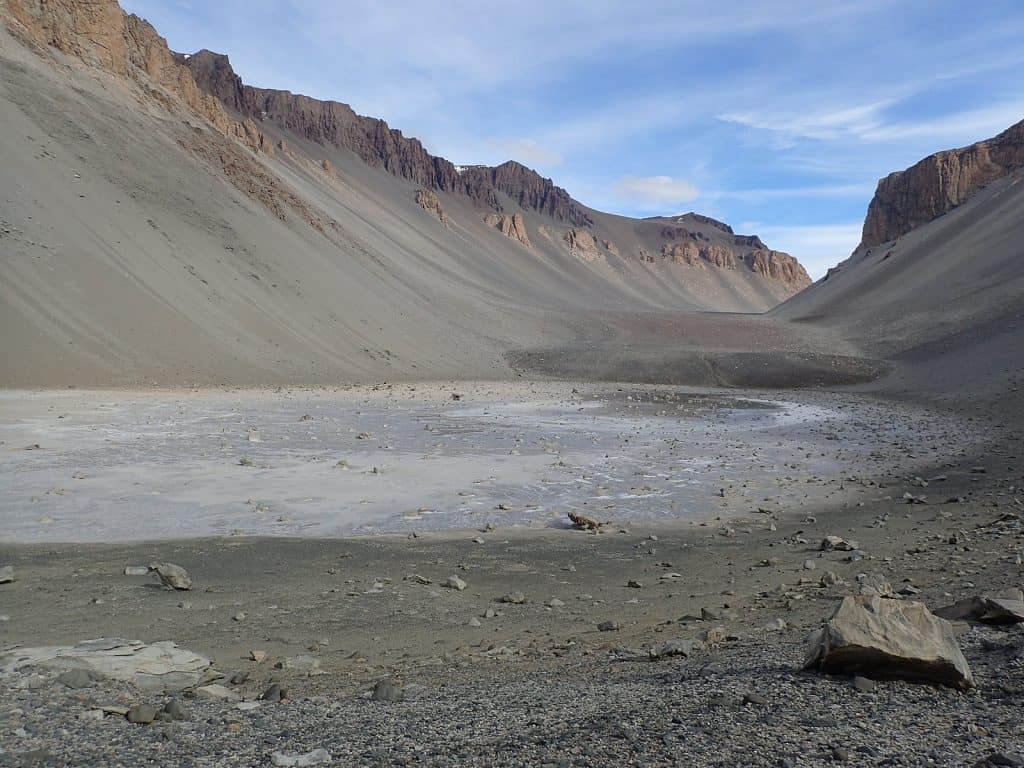
The moon‘s gravitational pull creates high and low tides.
The moon affects the ocean’s tides. When one of the earth’s side is closer to the moon, the stronger the moon’s gravitational pull will be, which will then cause the oceans to rise, thus creating high tides.
Water is essential to all forms of life.
In terms of biology, water has a lot of unique components that are essential for the growth of life. It does this job by enabling organic compounds to behave in a manner that will eventually permit duplication.
Plasma is the liquid part of blood that is made of 92% water.
Liquids and solids make up the human blood, and plasma is the liquid part of that blood. As the largest part of the blood, plasma contains at least 92% of water, with the rest of it being salts and enzymes. On the other hand, red blood cells, white blood cells, and platelets, comprise the solid part of the blood.
Water is a fundamental part of photosynthesis.
Water is a fundamental part of photosynthesis, the process by which plants use sunlight, water, and carbon dioxide to create oxygen and energy. Throughout the process of photosynthesis, 6 molecules of carbon dioxide and 6 molecules of water react in the presence of sunlight to form one glucose molecule and six molecules of oxygen. The purpose of water is to deliver oxygen from the water molecule into the atmosphere in the form of oxygen gas.
The oldest life forms appeared in the water.
Earth’s water surface is filled with life and the oldest life forms appeared in it. Almost all fish live completely in water, along with certain types of marine mammals, such as whales and dolphins. Several kinds of animals, such as amphibians (a group of vertebrates that has adapted to live in both water and on land), are known to spend their lifetime in and out of water.
Kelp and algae grow in water.
Plants, such as kelp and algae, grow in water. They are the foundation for underwater ecosystems along with plankton, which is a diverse collection of organisms living in water that are unable to move against a current. Planktons perform a very important role in the oceanic food chain.
Vertebrates that are living in water require oxygen to survive.
Fish have gills instead of lungs. We humans cannot breathe underwater since our lungs do not have enough surface area to absorb enough oxygen from water. The human lungs have adapted to handle air better than water.
Interestingly, some species of fish have both gills and lungs. The lungfish is a type of freshwater fish that can live on land without water for many months. In fact, they can even drown if they stay underwater for a long time.
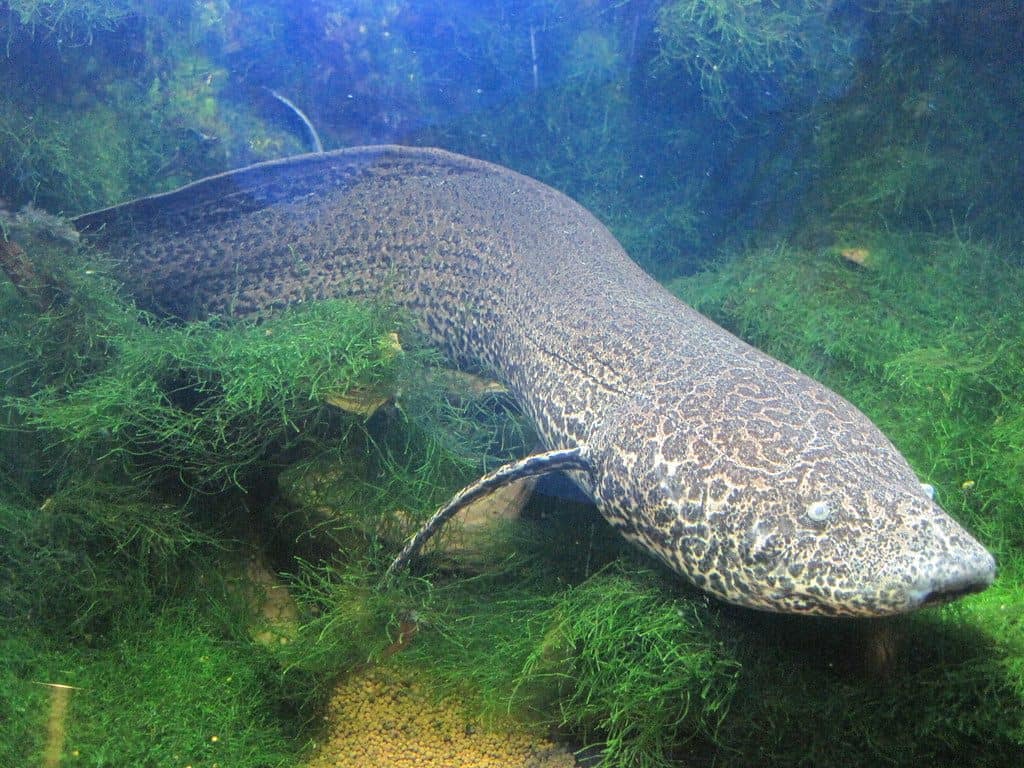
The ancient river civilizations began 5,000 years ago.
Roughly 5,000 years ago, the first civilizations that lived near water arose along the banks of large rivers. The Tigris and the Euphrates in Mesopotamia (now known as Iraq), the Indus River in India, the River Nile in Egypt, and the Yellow and Blue rivers in China were the first river civilizations.
More than 1 billion people live without enough clean water.
Although the earth may seem to be filled with so much water, it’s crucial to remember that clean fresh water will not always be available when humans need it. Furthermore, more than half of the world’s freshwater is located only in six countries (Brazil, Russia, Canada, Indonesia, China, and Colombia) and more than 1 billion people live without enough clean water.
Singapore spent billions to develop innovative ways to solve its water demands.
Currently, there are 17 reservoirs in Singapore. The country has two separate systems to collect rainwater and used water. Rainwater is gathered through a sophisticated network of drains, canals, and rivers and routed to the reservoirs before it is treated for drinking. Due to its limited natural resources, the Lion City has spent billions to develop innovative ways to solve its water demands. Singapore even imports water from Malaysia through a large pipeline over the causeway.
Singapore is one of the world leaders in desalination technology.
The “obsession” to have abundant freshwater drove the country to become one of the leaders in desalination technology. In simpler terms, desalination is a process that removes the surplus of salt from saltwater and turns it into something drinkable. Singapore currently has 4 desalination plants.
Desalination can be a threat to the environment.
Some people would argue that using desalination technology is the answer to water shortage. This is because the earth is extremely abundant with it. However, the energy requirements for desalination are too high that the cost for a lot of countries would be unbearable.
Moreover, desalination can even possibly increase fossil fuel dependence, increase greenhouse gas emissions, and worsen climate change. These unless renewable energy sources are used for freshwater production.
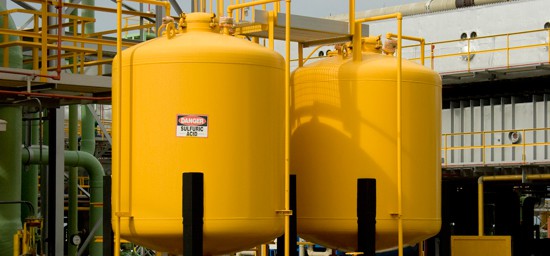
China uses a water grading system.
China breaks down its water resources into six grades. The “top three” are safe for human use, and the lowest is grade VI or unfit even for industrial or irrigation purposes. Currently, more than 70% of China’s water is estimated to be in the top 3 grades, while 6.9% is Grade V to Grade VI quality.
Water scarcity is a threat in China.
Several factors lead to China’s water problems. These include the severely growing population and the rapid economic expansion that has led to water shortages in some of its places. According to some reports, the biggest challenge for China is how to distribute its water rather than the lack of it, because more than 75% of China’s water supply lies in southern China. However, it can’t be denied that China’s rivers are also drying up over the past 25 years.
Humanity is facing a water crisis more than ever.
Water scarcity is also known as water crisis or water stress. The water crisis is the lack of freshwater resources to match the standard water demand. Humanity is facing a water crisis more than ever because of unequal distribution (worsened by climate change) that led to some very dry and very wet geographic locations.
An average person drinks about 30,000 gallons of water in their lifetime.
If a person drinks 1 gallon of water each day or 3.7 liters and lives for approximately 82 years, this will be 30,000 gallons of water consumed in a lifetime. 30,000 gallons of water is enough to fill a 20 ft x 40 ft swimming pool with an average depth of 5 ft.
Tim Cocker is the world’s fastest water drinker.
Tim Cocker holds the Guinness World Record of being the fastest water drinker. He made this feat on December 9, 2015, during the XFM Breakfast Show in London where drank 500ml of water in just 1.75 seconds.
2 billion people around the world could be drinking contaminated water.
According to the World Health Organization, more than 2 billion people around the world drink contaminated water. WHO estimates that in 2025, half of the earth’s population will be living in water-stressed areas.
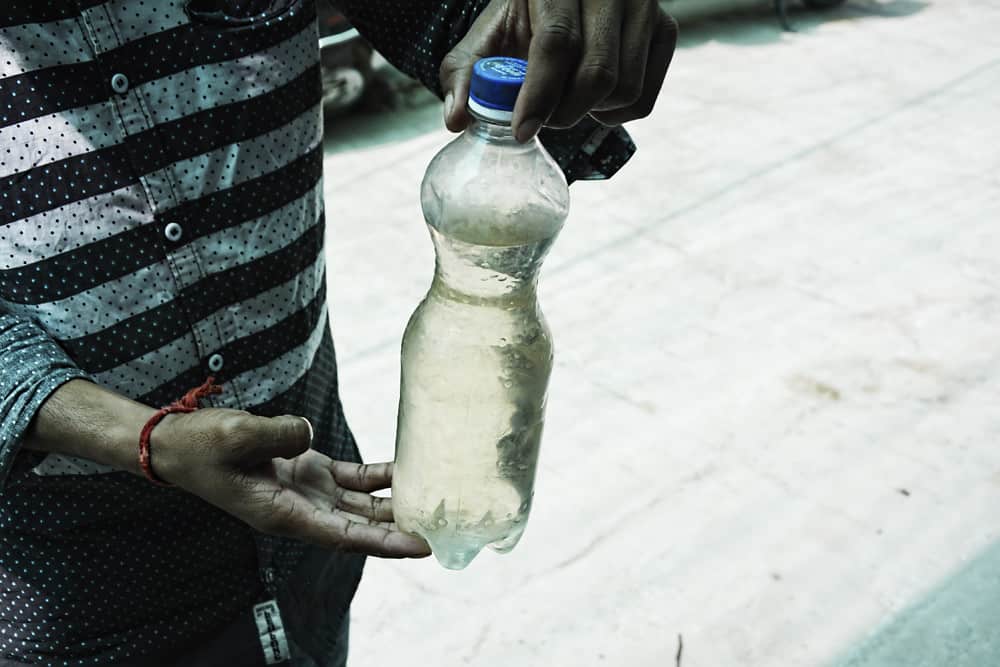
More than 20% of health care facilities have no water services.
In the least developed countries across the globe such as Sudan, Togo, and Uganda, more than 20% of health care facilities have no water, sanitation, and waste management services. Extreme lack of water supply and desertification makes life even harder in Sudan. Ironically, at least 70% of Sudanese work and rely on agriculture, which accounts for about 90% of its water use.
Some people in Uganda spend about 20% of their income to buy water.
Roughly 8 million Ugandan citizens don’t have access to safe water. Also, 27 million of their people don’t have access to advanced sanitation facilities. Furthermore, due to differences in water access in the country, urban people living in poverty pay about 20% of their income to access clean water from water vendors.
Vectors multiply mostly in clean water.
Insects that breed in water usually transmit diseases such as dengue fever and malaria. Few of these insects, known as vectors, multiply mostly in clean water rather than dirty water. In fact, household water containers can serve as breeding areas for these insects. Each one of us can fight and prevent this by simply covering water storage containers and keeping our surroundings dry and clean.
Having clean water access will bring greater productivity.
When people have direct access to clean water sources, they spend less time and effort physically collecting it. In other words, each individual will drastically improve their productivity if they have clean water access. Above all, having a clean water source will result in a safer environment. This will also lessen expenditure on medical bills, or at the very least, peace of mind.
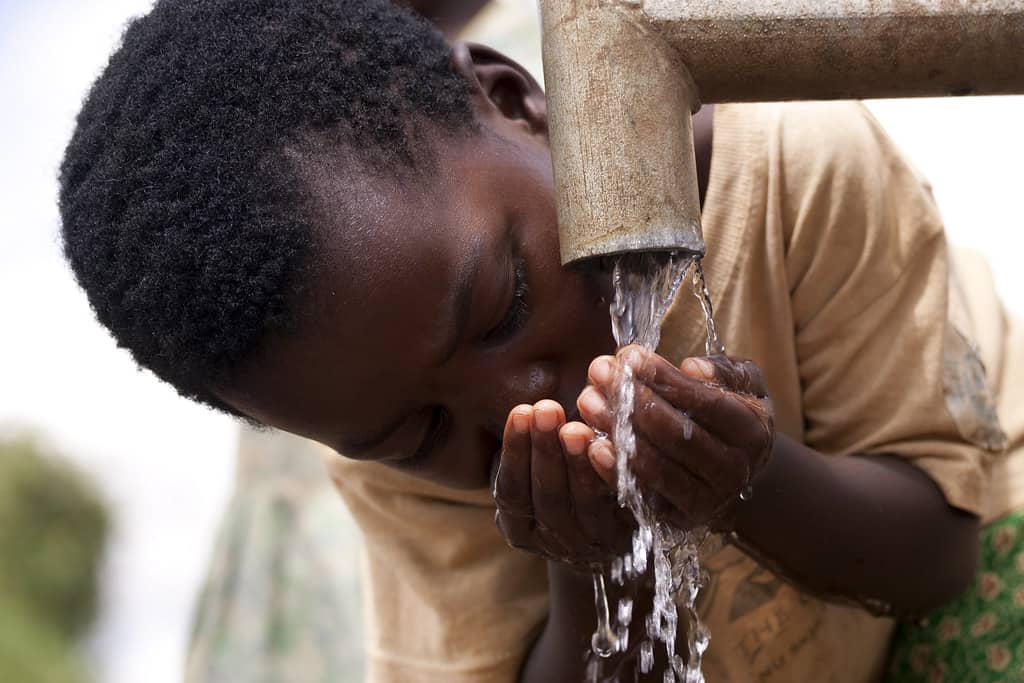
American Water is one of the world’s biggest water companies.
American Water (a publicly traded company listed on NYSE as AWK) is one of the world’s biggest water companies. Headquartered in Camden, New Jersey, American Water or AWK has more than 7,000 employees and currently provides services to roughly 14 million people in 46 American states. Water companies such as AWK are amongst what hedge fund managers call “defensive stock”— regardless of whether the economy is up or down, people would still need to drink, take a bath, and wash their dishes thus water companies should be poised to continue banking steady profits.
Companies in the water industry are also responsible for wastewater services.
The big water companies usually don’t just give supply water to households. They are also responsible for wastewater services, including sewage treatment. The most basic water supply facilities today are water wells, water tanks, cisterns for rainwater harvesting, water supply networks, water purification facilities, water towers, and water pipes. Drinking water is often obtained at springs, extracted from borings (drilling a hole to make a well), or pumped from rivers and lakes.
The water industry could be operated by the government, private sector, or under co-operative ownership.
There is a diversity of organizational structures in the water industry. However, it’s very common for a country to have a monopoly, which usually changes over time depending on their contract. In some places, the ownership of water infrastructure/operations is under a local or national government. In developing and developed countries, it’s normal to see private ownership in the water industry to give its services to the people, and there are a few out there under co-operative ownerships or non-profit organizations as well.
The human brain is 75% water.
The human brain and a living tree have something in common — they are both 75% water. For humans, this means that dehydration (for as low as 2%) can harm brain functions. Dehydration, lack of sodium, and electrolytes can cause fatigue, headaches, stress, sleep issues, and concentration.
In the U.S., restaurants have no legal obligation to serve free drinking water to customers.
In the United States, the law does not require restaurants to serve free drinking water to their customers. However, most restaurants throughout the country offer it as a courtesy. They provide complimentary drinking water or “house water.” The average cost for water supplied to a residential property in the U.S. is at least $2.00 for 1,000 gallons or equal to 5 gallons for a penny.
Based on the Mpemba effect, hot water freezes faster than cold water.
According to some experiments, there are times when hot water can freeze faster than cold water under some conditions. However, it’s still subject to debate why it happens or if it really happens. The Mpemba effect is the term for the “hot water will freeze faster than cold water.”
Water is available on Mars in the form of ice.
Water is available on Mars in the form of ice under the regolith and at the poles. A series of evidence shows that water is abundant on the Red Planet way back. This has played a significant role in Mar’s geological history. It is believed that water flowed on Mars. Ancient river valley networks and lake beds that went dry after being carved by floods show its possibility.
Currently, Mar’s water inventory is estimated from spacecraft images and surface investigations by landers and rovers sent there.
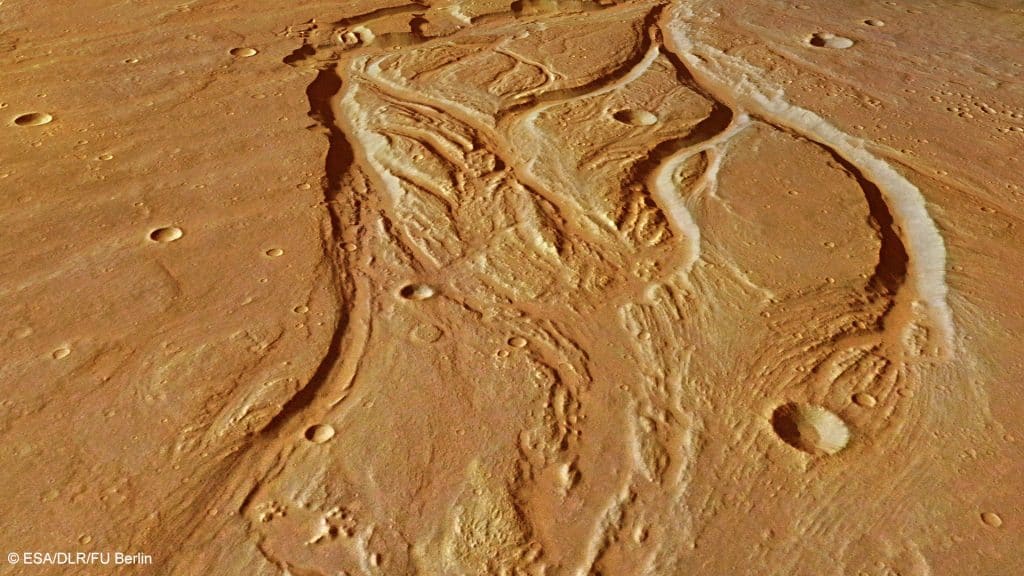
Water is a fundamental part of most religions.
Most religions consider water as a purifier. Judaism, Hinduism, Taoism, Shinto, Wicca, and Christianity includes ritual washing in their faiths. Water immersion of an individual is a fundamental sacrament of Christianity or popularly known as baptism. This practice is also part of the rituals of other religions.
Was this page helpful?
Our commitment to delivering trustworthy and engaging content is at the heart of what we do. Each fact on our site is contributed by real users like you, bringing a wealth of diverse insights and information. To ensure the highest standards of accuracy and reliability, our dedicated editors meticulously review each submission. This process guarantees that the facts we share are not only fascinating but also credible. Trust in our commitment to quality and authenticity as you explore and learn with us.

